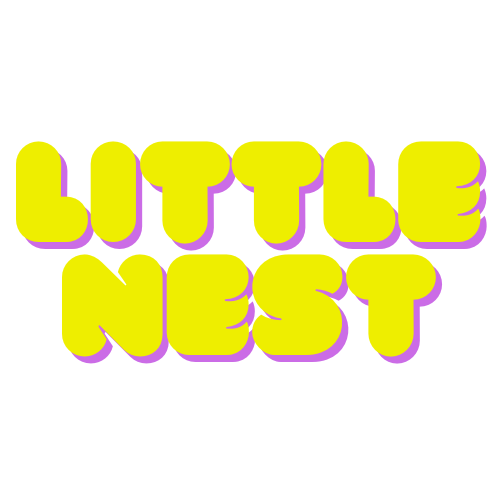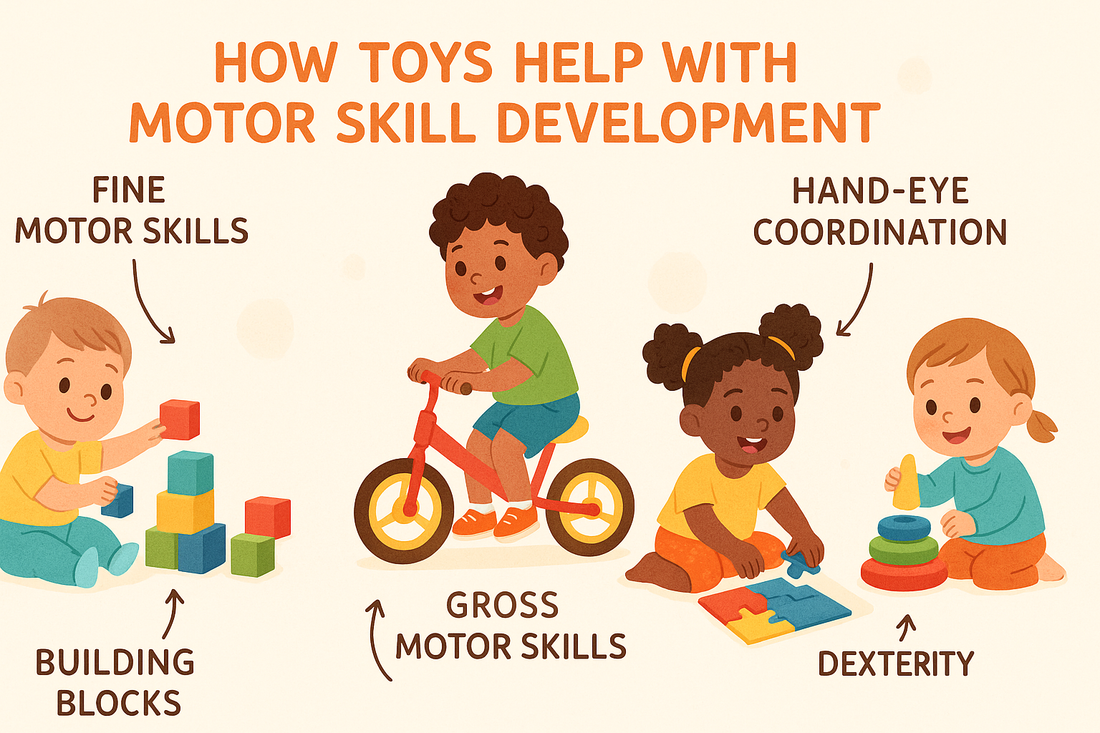Playtime is more than just fun for kids—it’s an essential part of their growth and development. One of the most important skills children build through play is motor skills, which are the movements and coordination that allow them to crawl, walk, run, grasp, and eventually write.
The right toys can make a big difference in helping children strengthen both fine and gross motor skills. Let’s explore how toys play a role in this crucial stage of development.
1. Building Fine Motor Skills
Fine motor skills involve small, precise movements, such as picking up objects, buttoning clothes, or holding a pencil. Toys that encourage grasping, stacking, or manipulating small parts help children practice hand-eye coordination and finger strength.
✨ Examples:
-
Building blocks and stacking cups
These toys encourage children to use their hands and fingers in different ways, laying the foundation for writing, drawing, and self-care skills later in life.
2. Enhancing Gross Motor Skills
Gross motor skills involve larger movements like crawling, walking, jumping, and climbing. Toys that get kids moving help strengthen muscles, improve balance, and build coordination.
✨ Examples:
-
Balls (rolling, throwing, catching, kicking)
These activities encourage active play, which supports overall physical development.
3. Boosting Hand-Eye Coordination
Hand-eye coordination develops when kids learn to control their movements in response to what they see. Toys that require aiming, stacking, or fitting pieces together challenge kids to synchronize vision with movement.
✨ Examples:
-
Building sets (like magnetic tiles or LEGO®-style blocks)
-
Musical instruments like drums or xylophones
4. Encouraging Problem-Solving and Cognitive Growth
Motor skill development isn’t just physical—it’s connected to brain development, too. Toys that require problem-solving also improve focus, memory, and creativity while strengthening motor abilities.
✨ Examples:
5. Promoting Independence and Confidence
When kids master a new motor skill—whether stacking blocks without them falling, riding a tricycle, or completing a puzzle—they gain a sense of achievement. Toys provide safe opportunities to practice and succeed, building both skills and confidence.
Final Thoughts
Toys are more than entertainment—they are powerful tools for growth. From puzzles that strengthen little fingers to ride-on toys that develop balance and coordination, play supports every stage of motor skill development.
By choosing the right toys, parents can make playtime both fun and educational, helping children build the skills they need for a healthy, active, and independent future.

